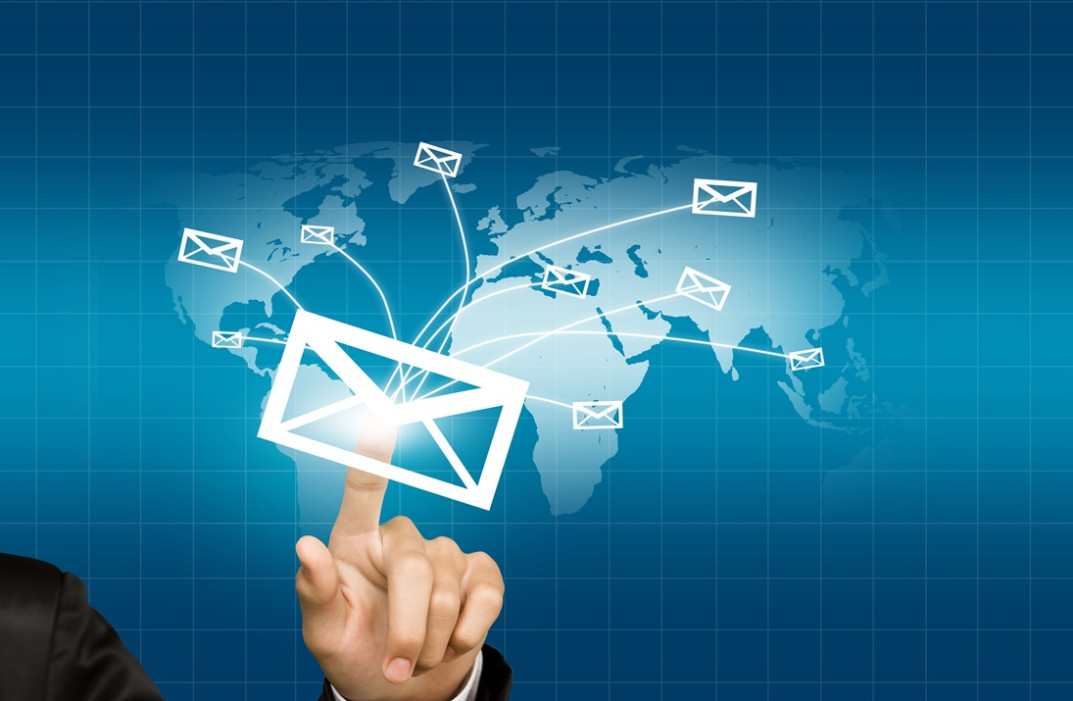
Struggling to get your emails into the inbox? You're not alone! Even the best campaigns fail if email deliverability isn’t on point. Whether your messages are landing in the spam folder or bouncing back, small tweaks can make a huge difference. Let’s break down how to improve email deliverability, avoid common pitfalls, and keep your audience engaged
Email deliverability is crucial for successful email marketing, as it determines whether your messages reach the recipient’s inbox or get filtered into the spam folder. Many factors influence email inbox placement, including email reputation, authentication protocols (SPF, DKIM, DMARC), and SMTP settings. If your emails are going to spam, it could be due to poor email engagement or a high bounce rate. To improve email deliverability, businesses must follow best practices for email deliverability and monitor their email service provider (ESP) performance.
No sender wants their emails flagged as email spam, but many unknowingly trigger spam filters. To avoid the spam folder, ensure your cold email deliverability strategy includes proper email warm-up techniques. Bulk email deliverability also depends on maintaining a clean mailing list and avoiding email blacklists. Implementing email authentication (SPF, DKIM, DMARC) helps verify your domain, increasing trust with email service providers (ESPs). Additionally, optimizing email open rates through engaging subject lines can enhance email marketing deliverability.
A strong email reputation is key to high email deliverability. ISPs (Internet Service Providers) assess your sender score based on email engagement, complaint rates, and bounce rates. Setting up SPF, DKIM, and DMARC ensures email authentication, reducing the risk of phishing and improving email inbox placement. If your emails are going to spam, check if your domain is listed on any email blacklists. Regularly monitoring these factors helps maintain best practices for email deliverability and prevents deliverability issues.
To improve email deliverability in 2025, start with a gradual email warm-up process for new domains or IPs. This helps build a positive email reputation before scaling cold email deliverability campaigns. Additionally, segment your lists to reduce bounce rates and avoid triggering spam filters. Tools that monitor email marketing deliverability can provide insights into email open rates and inbox placement. Following these best practices for email deliverability ensures your messages consistently reach the primary inbox.
Many marketers unknowingly sabotage their email deliverability by neglecting SMTP settings or sending bulk emails without proper segmentation. High bounce rates and low email engagement signal poor list quality, leading to email spam flags. Another critical mistake is skipping email authentication (SPF, DKIM, DMARC), which increases the risk of landing in the spam folder. If your domain ends up on an email blacklist, even the best email service provider (ESP) won’t guarantee high email deliverability.
Using the right tools can significantly improve email deliverability. Platforms like Warmbox.ai help with email warm-up, ensuring a strong email reputation before large-scale campaigns. Monitoring email open rates and inbox placement helps refine your email marketing deliverability strategy. Additionally, regularly auditing your SMTP settings and authentication protocols keeps your domain off email blacklists. By following these best practices for email deliverability, businesses can achieve consistent high email deliverability and maximize their outreach success.